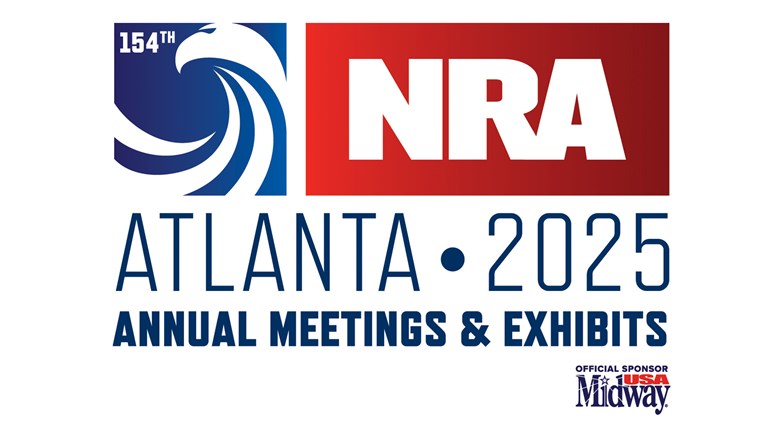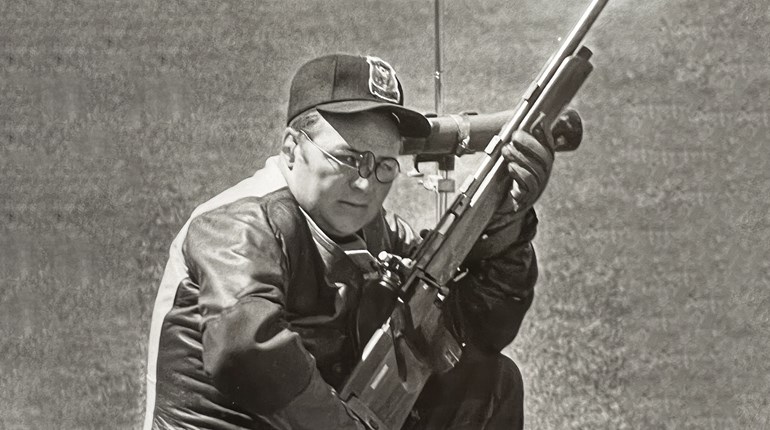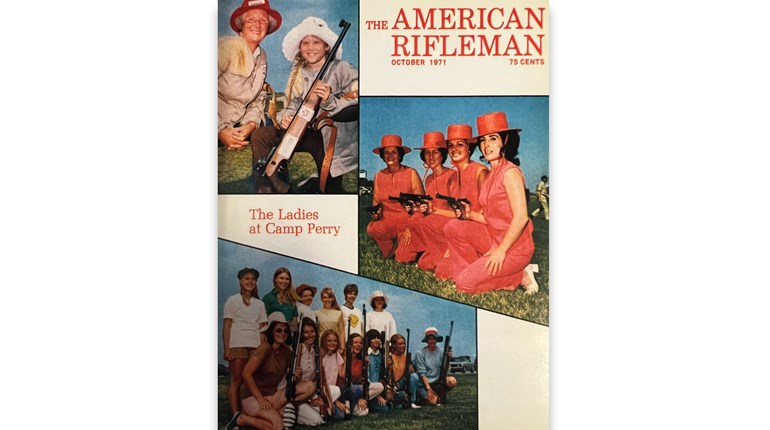"You know, it was sort of the granddaddy of the British military rifle-musket," says NRA Publications Editorial Director Mark Keefe. "I mean, it was the progenitor. This is the gun that set things in motion that led to the Pattern 1853."
Although by 1851 the seeds of the American Civil War were sprouting, they hadn't yet grown high enough to cut down. Overseas, the year 1851 marked a lull in the wars that have excoriated the European continent for centuries. But peacetime never lasted long in Europe, and the French in particular were planning for the next war.
Up until that point, even the best rifles were cumbersome and slow to load. That wasn't just because that's innate to the muzzleloading platform ... it was also because the round lead-ball ammunition of the time was fitted tightly to the muzzle dimensions. That meant that their military use was limited to specialty battalions of riflemen rather than issued en masse to average troops.
Says Garry James, American Rifleman field editor, "For a good number of years, 20 or 30 years before the '51 was actually developed, they were trying all sorts of different methods where they could load a sub-caliber bullet and make it expand. The French came up with some interesting ideas, and the British did as well. Ultimately, they came up with a hollow-based bullet, sub-caliber, that would expand into rifling."
That bullet was the Minié ball, and its innovative (for the time) design changed the way that human casualties worked on the battlefield. Thing was, the rifles of the time needed to catch up to this cutting-edge French design. This #ThrowbackThursday, we're highlighting the Pattern 1851 rifle that maximized the ammo's efficiency, courtesy of our friends at American Rifleman!

























